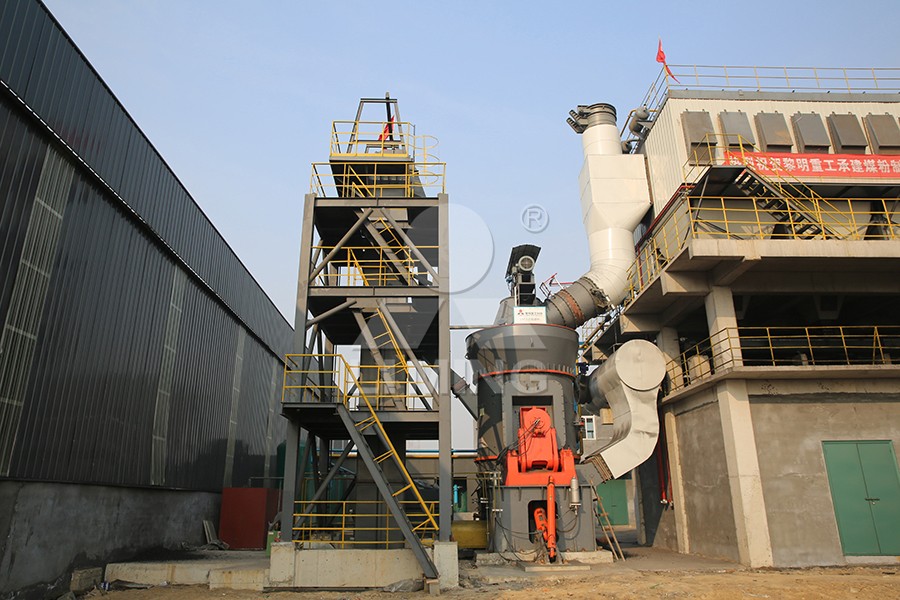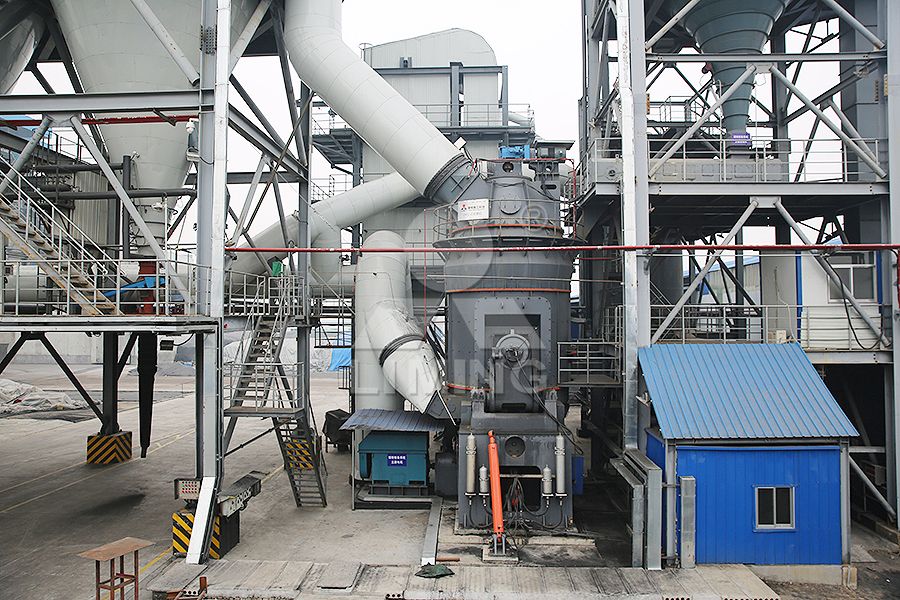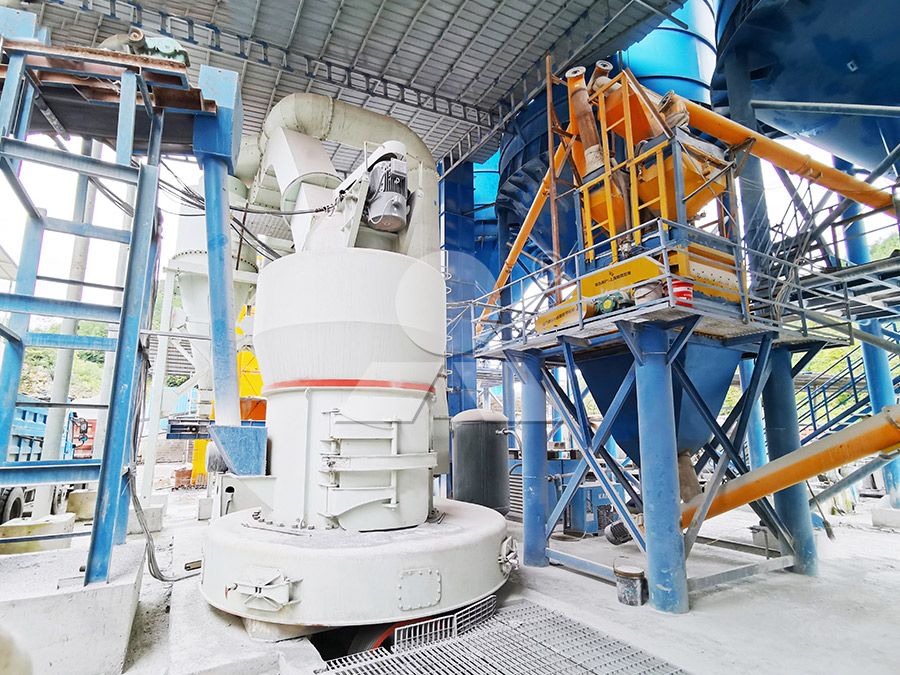Key Performance Parameters of Coal Mills for Efficient Lime Kiln Systems
Key Performance Parameters of Coal Mills for Efficient Lime Kiln Systems
In modern lime production facilities, the efficiency of coal grinding systems directly impacts kiln performance, product quality, and operational costs. Selecting the appropriate coal mill requires careful consideration of several critical parameters that determine system reliability and energy consumption.
Critical Performance Metrics for Coal Grinding
The grinding fineness of coal powder significantly affects combustion efficiency in lime kilns. Optimal particle size distribution ensures complete combustion while minimizing unburned carbon. Most lime kiln operations require coal powder with 80-85% passing through 200 mesh (74μm), though specific requirements may vary based on kiln design and coal characteristics.
Grinding capacity must align with kiln fuel requirements, typically ranging from 5-50 tons per hour depending on production scale. The mill should maintain consistent output despite variations in raw coal moisture content, which can fluctuate between 8-15%.

Energy Consumption Considerations
Power consumption represents a substantial portion of operating costs in coal grinding systems. Advanced grinding technologies can reduce specific energy consumption to 15-25 kWh/t, compared to 30-45 kWh/t in traditional ball mill systems. This efficiency gain translates to significant cost savings in continuous lime production operations.
Drying capacity is equally crucial, as raw coal often contains surface moisture that must be removed during grinding. Efficient mills integrate drying and grinding operations, utilizing kiln exhaust gases or auxiliary heat sources to reduce moisture content to optimal levels below 2%.
Equipment Selection for Lime Kiln Applications
For operations requiring medium to high capacity with stringent fineness control, the LM Vertical Coal Mill presents an optimal solution. This system integrates crushing, drying, grinding, and powder selection in a single unit, reducing footprint by approximately 50% compared to traditional ball mill systems. With capacity ranging from 5-100 t/h and energy savings of 40-50% over conventional approaches, this technology demonstrates exceptional performance in lime production environments.
The vertical mill design ensures stable operation through advanced limiting devices that prevent direct contact between grinding rollers and the table, eliminating destructive vibration. The hydraulic roller turning-out system facilitates maintenance access, reducing downtime for wear part replacement.

Operational Stability and Maintenance
System reliability directly impacts lime kiln availability. Modern coal mills incorporate automated control systems that maintain consistent product quality despite variations in feed characteristics. The short material retention time (typically 2-3 minutes) in vertical mills enables rapid adjustment to changing conditions and minimizes contamination risk.
Wear part longevity significantly affects operating costs. Advanced materials in grinding elements can extend service life to 8,000-12,000 hours of operation, while segmented design simplifies replacement procedures. Regular maintenance protocols should focus on grinding elements, classifier systems, and wear protection components.
Environmental Compliance
Contemporary coal grinding systems must address dust emissions and noise pollution. Negative pressure operation combined with efficient bag filters can contain dust emissions below 30 mg/Nm³, while acoustic enclosures reduce noise levels to under 85 dB at one meter distance. These features ensure compliance with increasingly stringent environmental regulations.

Frequently Asked Questions
What is the optimal coal fineness for lime kiln operations?
Most lime kilns perform best with coal powder having 80-85% passing through 200 mesh (74μm). However, specific requirements depend on kiln design, burner configuration, and coal reactivity.
How does moisture content affect coal mill performance?
High moisture content (above 10-12%) can reduce grinding efficiency and increase energy consumption. Modern vertical mills integrate drying capabilities, typically handling moisture up to 15% without pre-drying systems.
What maintenance intervals are typical for coal mill grinding elements?
Grinding roller and table liners typically require replacement after 8,000-12,000 operating hours, depending on coal abrasiveness and operating conditions. Regular inspection every 2,000 hours is recommended.
Can the same coal mill handle different coal types?
Yes, modern mills with adjustable grinding pressure and classifier speed can accommodate various coal types, though performance optimization may require parameter adjustments when switching between significantly different coal specifications.
What safety features are critical in coal grinding systems?
Essential safety systems include explosion vents, inert gas injection capability, temperature monitoring, CO detection, and emergency shutdown systems to address fire and explosion risks inherent in coal dust handling.
